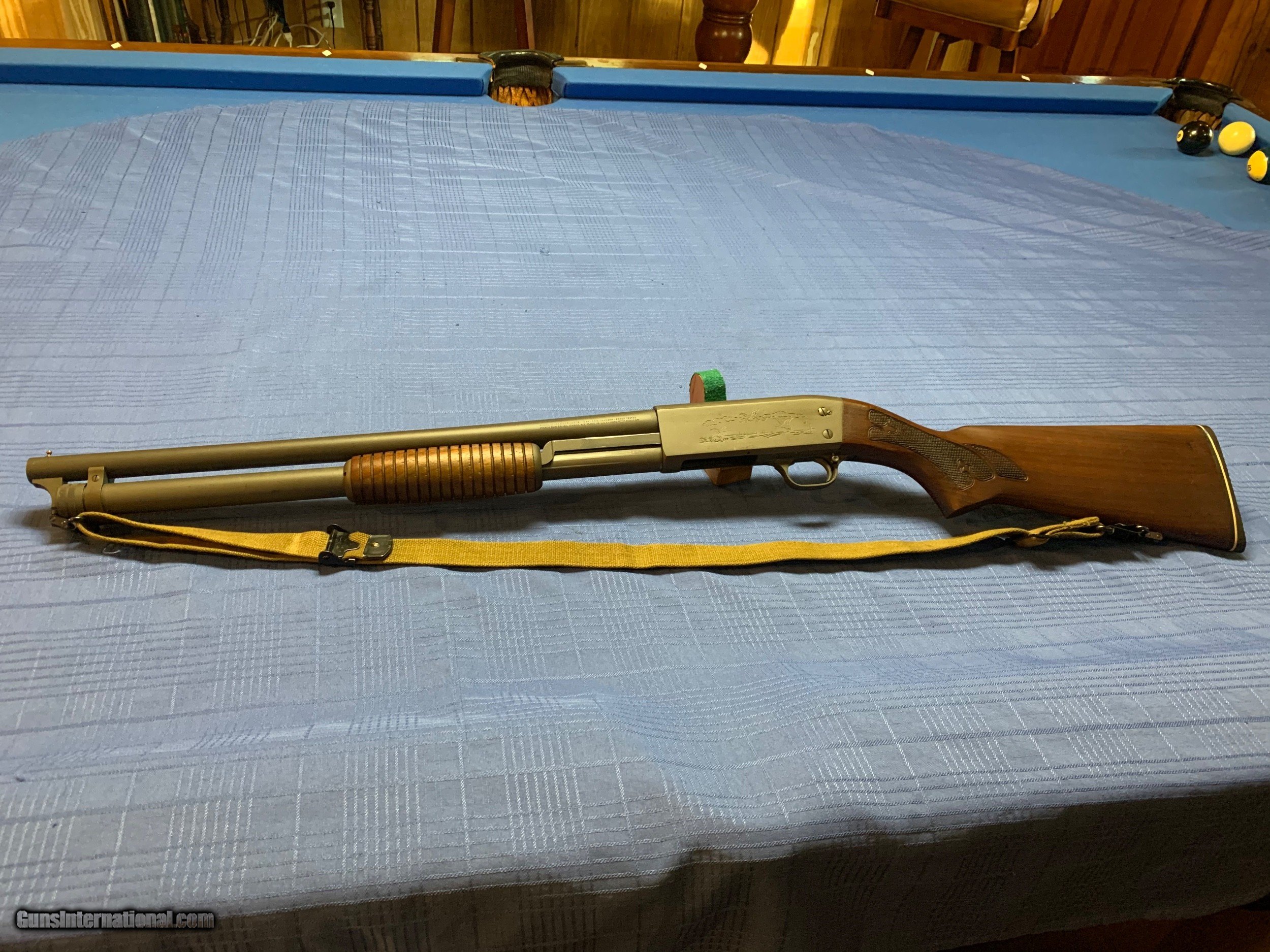

This allowed them to fire with every pump of the action as long as the trigger was held back continuously. WWI trench guns could shoot exceptionally fast because they lacked a trigger dis-connector. 33 caliber pellets, increasing the chances of a lethal hit on the enemy. Close combat in the trenches, and especially night fighting, favored the massive firepower of fast-shooting pump shotguns.Įach 00 buckshot round blasted out nine. It was, after all, the biggest war they had fought to date. It was during World War I that you might say the Army got serious about shotguns. Militiamen employed fowling pieces in battle during the Revolutionary War, and the Confederate Cavalry wielded sawed-off shotguns in the Civil War. The American martial tradition is no stranger to shotguns. The latter is best known for their excellent reproductions of World War II M1 carbines. This retro military model is made by the Upper Sandusky-based Ithaca Gun Company for their Dayton neighbor, Inland Manufacturing. Two top-shelf Ohio-based firearms manufacturers have partnered to bring collectors and shooters a fine reissue – I hesitate to call it a replica – of the vintage U.S. Movement of the barrel back and forth caused that four-bar linkage to toggle a catch mechanism up and down.The Army’s best combat pump shotgun is back: Inland’s reissue of Ithaca’s M37 Trench Gun.

SAR: Explain to me the pantograph linking and the - I can’t call it a bolt.Ĭhilders: I call it the loading tray, basically conceived around a four bar linkage engineering concept. And so, I saved travel space to the rear of the receiver by doing it this way. That’s taking up space in the receiver and that requires the receiver to have enough space (to allow) travel. SAR: How did the idea come to you to do that?Ĭhilders: Well, I was trying to make it as short as possible and of course you’ve got some components recoiling to the rear. There are three patents in that weapon and during the patent search routine they could not detect any other weapon that was ever designed that had a barrel that moved forward (and this kind of) bolt. SAR: Had any weapons in particular inspired the mechanism - essentially a fixed bolt and moving barrel - that appears to be a long recoil system?Ĭhilders: I don’t think there’s ever been a weapon like that designed before and of course I did a patent search.


 0 kommentar(er)
0 kommentar(er)
